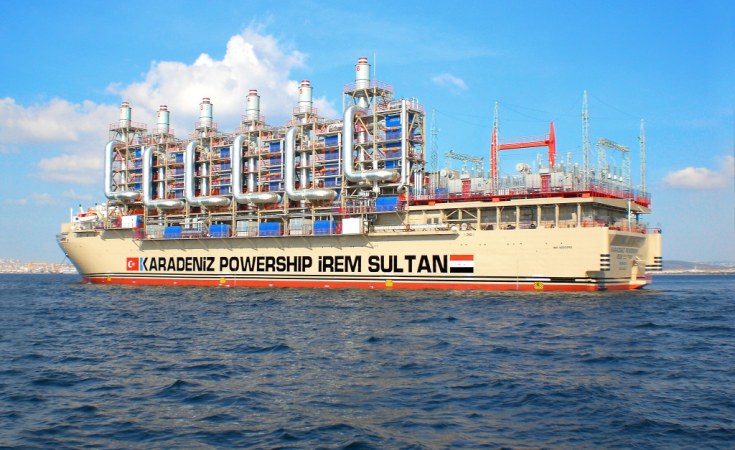A floating power plant isn't something you see every day. The massive ships look like plants you'd see on land complete with tall exhaust stacks—except these plants are bobbing in the ocean.
They might look odd, but for people in growing economies around the world, the ships are a welcome sight. The floating power plants can dock in the harbor, crank up their turbines and start quickly generating electricity for customers on land.
Many of these ships can be found in Africa and Asia, where electricity is often more scarce than labor and investments and power outages regularly shut down work. But they could also be used to help supply electricity to the more than 1 billion people who don't have any.
"The transmission speed of the generated electricity has become critical as the world's demand for energy increases with each passing day," says Osman M. Karadeniz, chairman of Karpowership, one of the world's largest powership operators.
The numbers bear out his argument. The U.S. Energy Information Administration estimates that world energy consumption will increase 48 percent by 2040. Karpowership, an affiliate of Turkey's Karadeniz Energy Group, is building the kind of massive and mobile equipment that can quickly start meeting that demand. The company is planning to increase its installed capacity to 2.5 gigawatts [GW], enough to power nearly 17 million homes.
A key part of that plan is the company's new Khan class of powerships, the largest such vessels ever built. Each of the vessels is three football fields long. They can generate 486 megawatts [MW], which is more than any previous powerships.
Karpowership recently partnered with GE to supply the transformers for four new Khan-class ship. The transformers send the power the ships generate over wires to local transmission grids, and from there it goes out to end users. GE designed the transformers specifically with the powerships in mind. They have a coating that protects against salt and moisture and can work in temperatures ranging from -20 to 50 degrees Celsius. The devices, which GE makes in Gebze, Turkey, have reinforced mechanical connectors for protection against sea oscillations— a weather phenomenon that's a result of fluctuations in atmospheric pressure at sea level.
Karpowership's power plant vessels only require a depth of 5 meters (16 feet) to operate at ports, which make them suitable for multi-island countries such as Indonesia and the Philippines that have long coastlines. Karpowership's 125 MW Zeynep Sultan ship, for example, is currently berthed and supplying electricity to Amurang, Indonesia, and similar vessels are operating in Africa and the Middle East.
This article was first published at GE Reports.


